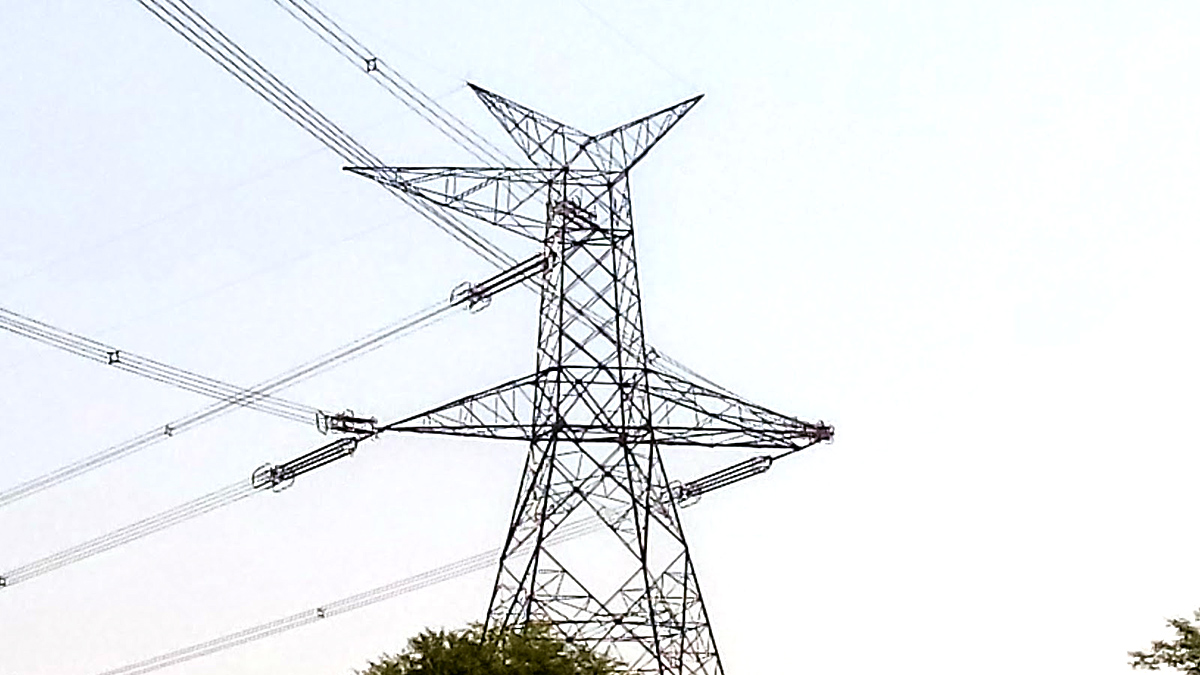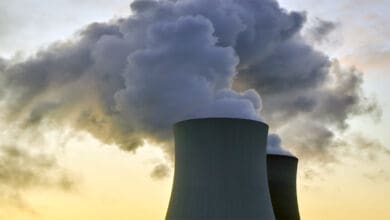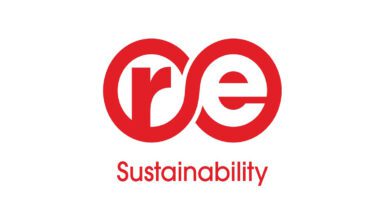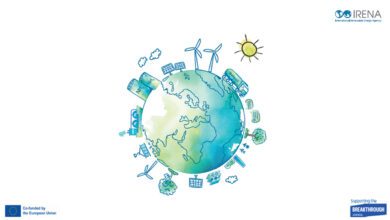Global demand for (WTE) Waste to Energy Market Size, in terms of revenue, was worth of USD 32.15 Billion in 2017 and is expected to reach USD 49.44 Billion in 2027, growing at a CAGR of 4.4% from 2021 to 2027. The global Waste to Energy is expected to grow at a significant rate due to the number of driving factors.
Waste to energy is the process of generating power in the form of electricity or heat from the treatment conducted on waste. Mostly direct combustion is used to generate power; in some instances, combustible fluid such as methanol and ethanol are produced. Waste to energy services accounts for substantial production of electricity, recoveries and steam of metals annually recycled by combusting tons of solid municipal waste. Furthermore, conversion of waste to energy is becoming a key component of integrated waste management strategies across the globe. Maximum processes of WASTE TO ENERGY generate heat and/or electricity directly through combustion, or produce a combustible fuel commodity, which are methane, methanol, ethanol or synthetic fuels.
Some major key players for global Waste to Energy market report cover prominent players Mitsubishi Heavy Industries Ltd, Hitachi Zosen Inova AG, Waste Management, Inc., Suez, A2A S.p.A., Covanta Holding Corporation, Veolia, China Everbright International Limited, Keppel Seghers, Abu Dhabi National Energy Company PJSC, Covanta Holding Corporation, Ramboll Group A/S.
The major factors driving the growth of waste to energy market includes increase in the demand for incineration process and growth in public Waste to Energy expenditure. Moreover, upsurge in learning of consumers to efficient and easy Waste to Energy conversion techniques, such as gasification, pyrolysis, incineration and various Biochemical treatments, including anaerobic digestion and aerobic, is expected to significantly boost the market growth. Additionally, the never-ending waste source of raw materials as well as prohibition of landfills are also expected to support the growth of waste to energy market. However expensive nature of incinerators, mainly as energy prices decline, and a number of plants are unable to cover operating costs are the restrain factors of this market. On the other hand, rising investments as well as R&D activities to ensure the reliability in terms of environmental effects are expected to create ample opportunities in the waste to energy market over the forecast period.
Asia-Pacific is expected to develop at as substantial rate in the waste-to-energy industry in the past few years. It has dominated the market across the world with increasing efforts taken by the government in providing incentives for waste-to-energy projects, adopting better MSW management practices in the form of financial support for R&D projects on a cost-sharing basis and capital subsidies and feed-in tariffs. Additionally, due to the rapid urbanization and economic development in China, the generation of municipal solid waste (MSW) has been growing rapidly which in turn promote the growth of waste to energy market. North America is also expected to hold the major market share owing to the surge in consumer awareness as well as changing environmental polices followed by rising inclination towards green energy. Thus, all the above-mentioned factors are expected to augment the market growth over the forecast period.
The regions covered in this Waste to Energy Market report are North America, Europe, Asia-Pacific and Rest of the World. On the base of nation level, the marketplace is sub divided into U.S., Mexico, Canada, U.K., France, Germany, Italy, India, China, Japan, South East Asia, Middle East Asia (UAE, Saudi Arabia, Egypt) GCC, Africa, etc.













